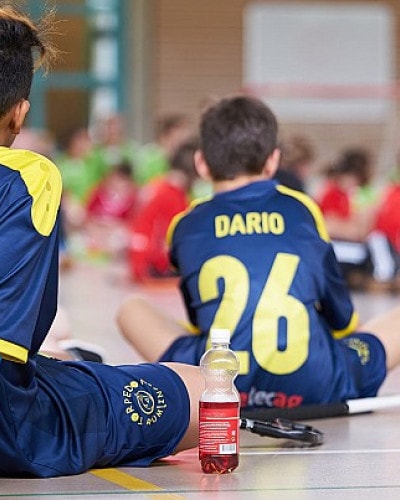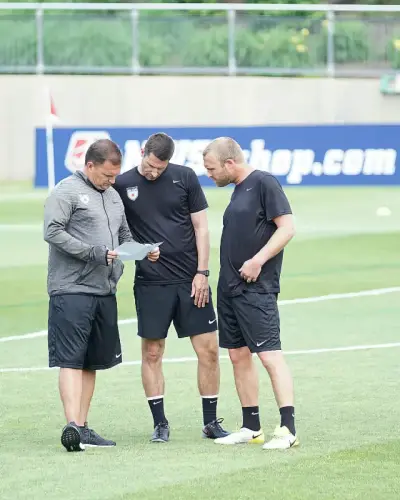What is a Training Plan? Do I Need One as a Coach?
Many people associate terms like training planning, blocks, phases, or periodization mainly with strength and conditioning training. However, technical and tactical training also requires a structured training plan to ensure long-term player development.
In team sports, improving technical skills and tactical understanding is the primary responsibility of a coach or coaching staff. However, in practice, many coaches focus only on individual training sessions, rather than having a bigger picture in mind.
Why is a Training Plan Important?
Planning a single training session is, of course, essential—this is where players develop their skills on the field. A well-structured session should include:
✔️ Appropriate drills for the session's focus
✔️ Proper use of equipment and space
✔️ Consideration of player numbers and time constraints
However, a single session is just a small piece of a much larger puzzle. To maximize player development, a coach needs to think long-term and structure training accordingly.
How to Create a Long-Term Training Plan
1️⃣ Weekly Planning
The next level of planning is the weekly schedule. The number of available training sessions determines how detailed and specific each session can be:
📌 2 sessions per week? Prioritize key areas carefully.
📌 4 sessions per week? More focused, specialized training is possible.
Additionally, load management should be considered:
⚡ If there is a match on the weekend, the most intense (running-heavy) session should not be on Friday—instead, it should be scheduled midweek to ensure proper recovery.
2️⃣ Monthly & Seasonal Planning
To get a bigger perspective, training should be structured into phases or cycles over weeks and months. These phases vary by sport but generally follow this structure:
📅 Preseason: Building fitness, tactical foundations, and team cohesion
🏆 Competition Phase 1: Refining tactical principles and maintaining fitness
❄️ Winter Break (if applicable): Recovery & specific improvements
🏆 Competition Phase 2: Tactical fine-tuning and peak performance
🔥 Playoffs / Championship Phase: Maximizing performance
Together, these phases form the season plan. Coaches can even plan beyond a single season, setting long-term objectives that guide development across multiple age groups (U10, U12, U14, etc.).
💡 Key Focus: Long-term plans should emphasize player development over results. Tactical principles, key skills, and training methodologies should be structured progressively.
Conclusion: The Role of a Digital Training Plan
A well-structured long-term training plan helps coaches:
✅ Ensure systematic player development
✅ Manage workload and recovery
✅ Align training with age-specific needs
📲 VOOR’s digital training planner assists coaches in creating structured long-term training plans, optimizing load management, and developing players effectively. Start planning smarter today!






